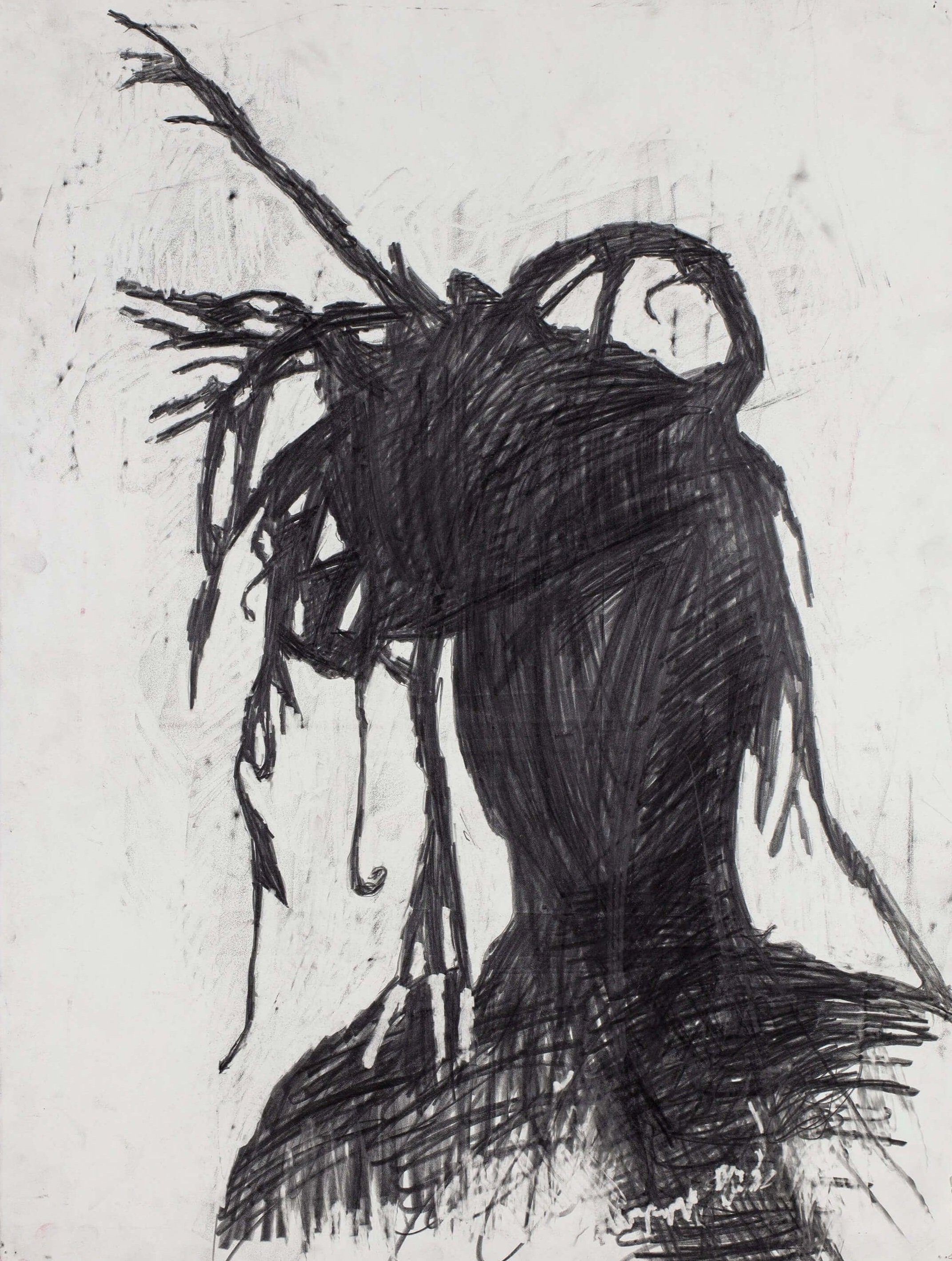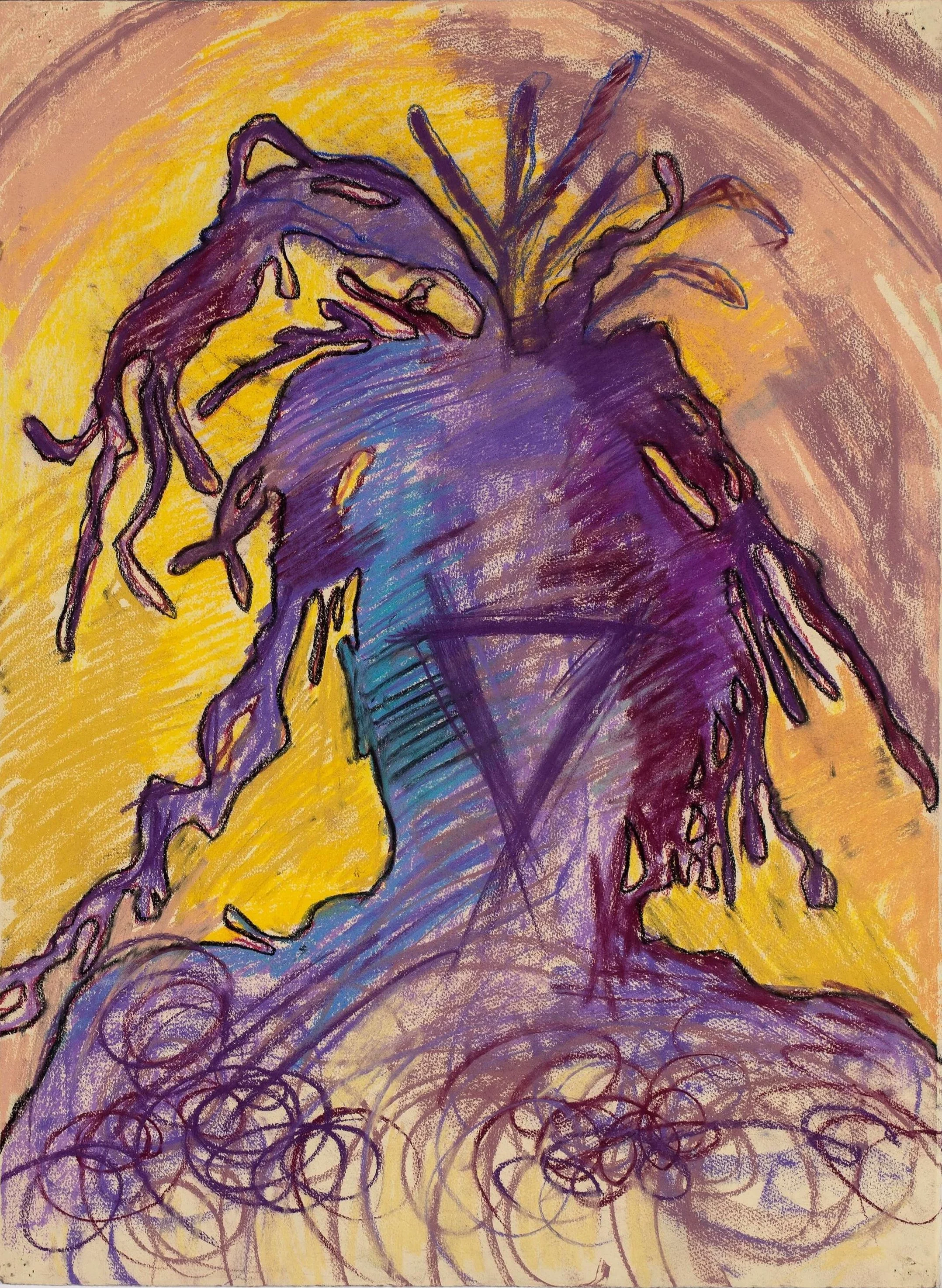
GILDA SNOWDEN
b. 1954, Detroit, MI - d. 2014, Detroit, MI
What delineates Snowden's work are the imperatives of introspection, meditation and production. These facets, which are both contemplative and robust, facilitate objects and images born out of necessity, bursting with assurance, expressive resonance and personal history. There is also the overt physical presence of an amalgamation of the biographical and historical with the physically extant - the interior and implicit juxtaposed against the exterior and explicit.
Her approach to making art was defined at the tail end of what we now loosely refer to simply as “The Cass Corridor.” An extremely productive period for the arts in Detroit, it embraced visual art, music and literary pursuits. The visual artists were energized by renewed self-awareness, a heightened appreciation for avant-gardism, and were further empowered by a sense that this was their time: a new period of unity and confidence across the board, both in terms of patronage and institutional support.
The mid to late 1970s saw Snowden initially studying advertising design. But two things convinced her to switch to painting. The first was what she describes as “an unfortunate but serendipitous experience.” She applied for an internship at the J. Walter Thompson ad agency. She duly showed up with her portfolio, whereupon the art director informed her that her techniques were completely out of date. She left the office, threw her advertising projects in the trash and decided to commit herself to painting.
A more effervescent body of work was her extensive suite of monochromatic self-portrait drawings. Chronicle, 1994, is a good example. These graphite and pastel drawings depict Snowden in silhouette at a time when she let her hair grow into long dreads; these appear blown by a vortex, and in a way, transition in and out of her tornado period (and the impersonal) back to the biographical (and personal), and is yet another example of the shifting polarities in her output.
These portrayals are inscribed with Snowden's sense of identity. On the subject of being a black artist, she has said that some people expect African American artists to make work about one thing and one thing only: being black. She counters: "To be an African American artist, especially a female artist, is a political statement. This opened me up to abstraction." In other words, she is a political artist, but maintains the right to select her vehicle of expression.
As a self-defined abstract artist, she would ultimately choose to make work that is less cool and more colorful than Phantom, [a work in which there is some color, but, with the whiteness of the ground, the color exists to delineate one type of form from another], work more inscribed with the ethos of Matisse - and the notion that "a painting should be like a comfortable armchair." In short, she believes that painting is self-reflexive and primarily concerned with aesthetics.










